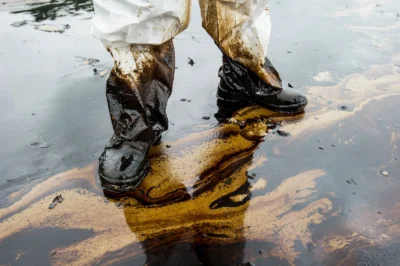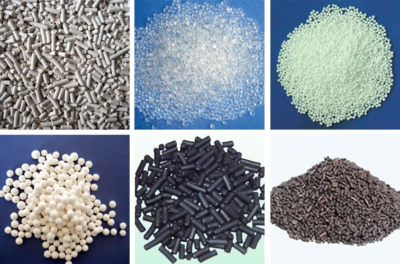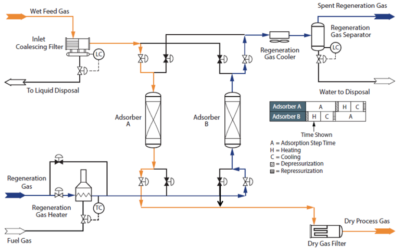Several methods are being developed to remove oil from water and treat petroleum spills and organic solvent pollution. Absorbents are a common solution. Recyclability classifies these absorbents as irreversible or reversible. This review discusses oil absorbents based on hydrophobicity, surface area, and oil absorption capacity. Some material fabrication methods are shown and analyzed.
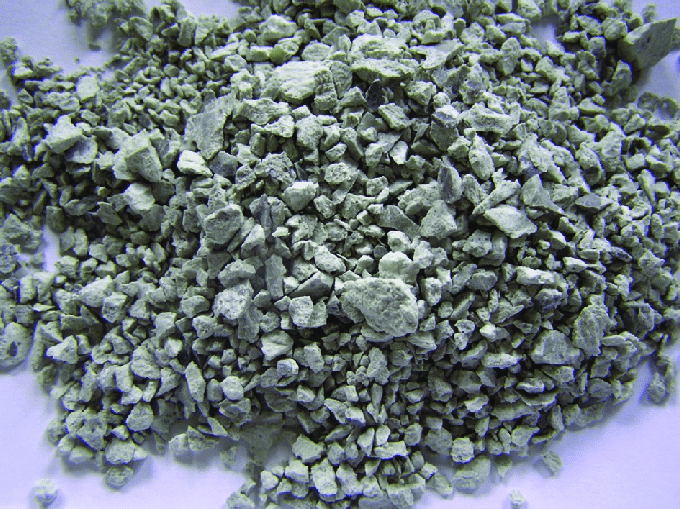
Zeolites
Hydrophobic zeolites were synthesized to replace activated carbon absorbents (Carmody et al. 2007; Alayande et al. 2016). Zeolites are 3-D aluminosilicate minerals. Their large pores and surface area remove impurities from water and air (Al-Haddad et al. 2007). Zeolites (natural and synthetic) have been used to absorb petroleum hydrocarbons, heavy metals, sulfur, and ammonia compounds. Zeolites outperformed activated carbons in removing several ammonia compounds from wastewater (84.4% vs. 15.6%). Zeolite can absorb metals and ammonia, but refinery wastewater contains oil derivatives, making it unsuitable for treatment.
In a related report (Carmody et al. 2007), Wyoming Na-montmorillonite, octadecyltrimethylammonium bromide (ODTMA), dodecyldimethylammonium bromide (DDDMA), and di(hydrogenated tallow) dimethylammonium chloride (commercial name Arquad 2HT-75) were used to synthesize organo-clays with hydrophobic or organophilic surfaces depending on the exchanging ions. The synthesized organo-clays were tested for oil absorption using diesel, hydraulic, and engine oils. Long-chain hydrocarbon content increased organo-clay absorption capacity. Controlling variables and their combinations can produce an organo-clay with hydrophobicity, absorption, and retention. Organo-clays have drawbacks like high cost, low biodegradability, and low recyclability.
Due to their low cost and high hydrophobicity, functionalized nanosorbents made from vacuum residue from oil distillation and alumina nanoparticles have great potential (Franco et al. 2014). The materials were tested at neutral pH and 4% vacuum residue to achieve high oil absorption and retention. The use of an industrial residue as a precursor makes this material economical, but it requires specific conditions to achieve maximum absorption capacity, limiting adaptability. Alayande et al. (2016) electrospun beaded fibers with a zeolite matrix from expanded polystyrene (EPS). The zeolite porous matrix makes the material superhydrophobic (Fig. 3) and oil-absorbent.
Zeolites’ high porosity and large surface area help remove oil from water. Hydrophobicity, absorption capacity, and oil retention are also needed to completely clean wastewater, seawater, and other aquatic systems.
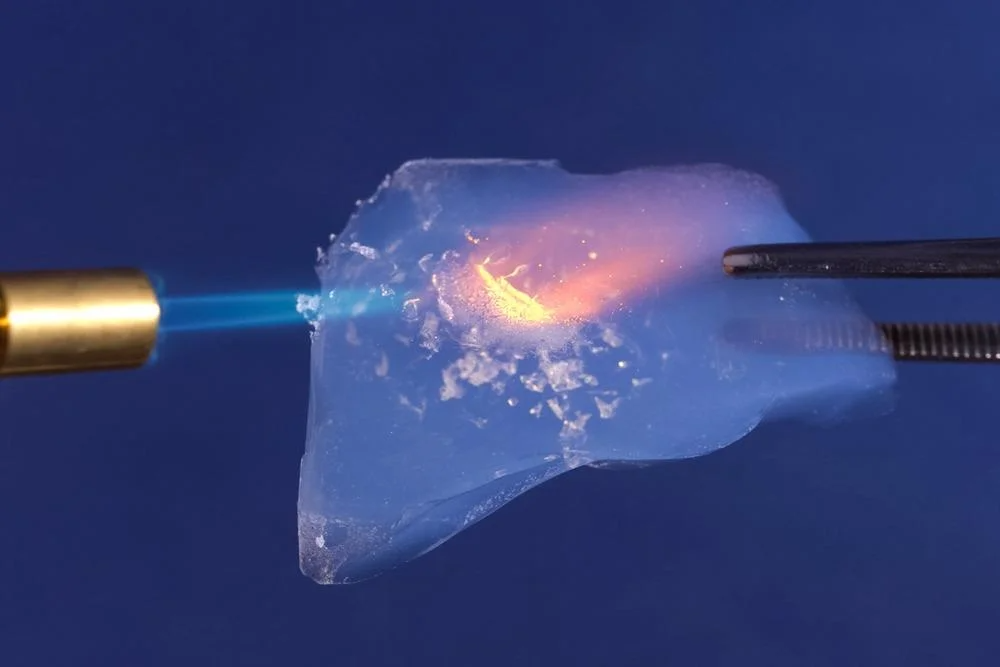
Aerogels
Aerogels are gel materials that contain ~99% air by volume and have no pore collapse (Zuo et al. 2015). Silica-based aerogels (Rao et al. 2007; Wang et al. 2010, 2012; Olalekan et al. 2014), cellulose-based (Korhonen et al. 2011), clay-based (Rotaru et al. 2014), carbon-based (Kabiri et al. 2014; Yang et al. 2015a; Zeng et al. 2009; Zuo et al. 2015), etc. Supercritical drying or freeze-drying is necessary to make aerogels, but the synthesis method depends on the application.
Advanced nanoporous materials methods can synthesize silica-based aerogels, but their applications need further study. Due to their high surface area, hydrophobicity, and porosity, three oils—vegetable, motor, and crude—were studied for sorption (Wang et al. 2012). Cabot nano gels (silica-based aerogels) with different particle sizes adsorb oils well. Absorption depends on water-oil stability. Stable emulsions reduced aerogel absorption tenfold. Sustainable aerogel precursors like plants and soils can solve this problem. Due to their nature compatibility, these materials are renewable, natural, and environmentally friendly. Functionalized cellulose aerogels with a hydrophobic coating (TiO2) and freeze-drying produce nanocellulose aerogels (Korhonen et al. 2011). Fig. 4 shows nano cellulose fibers’ aerogel structure with and without coating. Since its absorption capacity does not change, the composite can be reused 10 times. After oil absorption, it can be burned or washed with solvent to reuse as sorbent.
Today, “greener synthesis” and carbon-based aerogels are used more. These nanomaterials must be synthesized using low-toxicity chemicals and reduced in process steps. Greener methods have synthesized graphene–carbon nanotube aerogel by interacting graphene oxide and carbon nanotubes in one step (Kabiri et al. 2014). Fig. 5 shows the synthesis process schematically. Hydrophobic and porous carbon nanotubes help oil products absorb (Fig. 6). The synthesis method is cost-effective and scalable. Fig. 7 depicts a large-scale absorption process.
Clay-based aerogels can clean up oil spills because they combine organoclays hydrophobicity with aerogels’ large porosity. Montmorillonite (MMT), sodium dodecyl sulfate (SDS), and polyvinyl alcohol (PVA) were used to synthesize clay-based aerogels (Fig. 8). Under optimal conditions, dodecane absorbed 23.6 g g−1 and motor oil 25.8. Fig. 9 shows synthesized aerogel dodecane absorption in water. Free drainage (1.06%–14.9%) and absorbent centrifugation (42.3%–66.0%) estimated oil recovery. Under optimal synthesis conditions, the aerogel has high absorption, hydrophobicity (116°), and recycling potential.
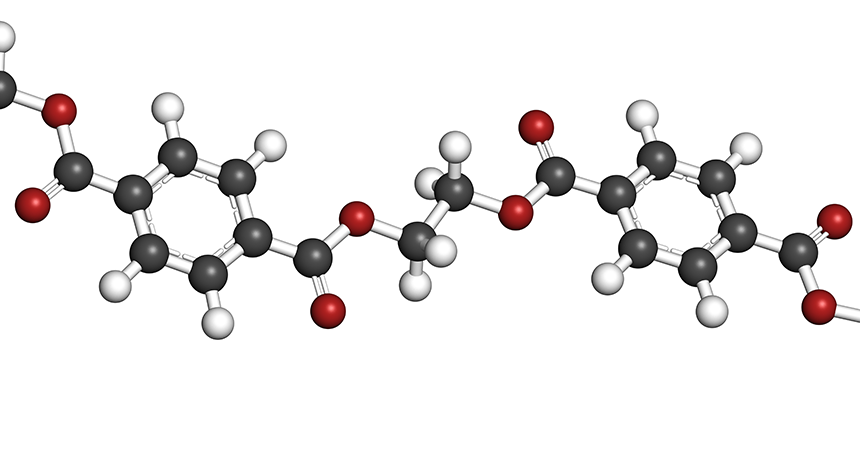
Polymers
Polyurethane, polypropylene, polyethylene, and cross-linked polymers are the most common oil spill absorbents. These polymers are widely used for organic compound absorption due to their high porosity, absorbency, and hydrophobicity. Thus, this area requires innovation. Novel polymeric systems like polymer-based absorbents (Keshavarz et al. 2015; Li et al. 2012; Liu et al. 2015b; Nikkhah et al. 2015; Zhou et al. 2015; Zhu et al. 2015), polymer absorbents (Kundu and Mishra 2013; Lin et al. 2008; Zhang et al. 2013), and polymeric coatings (Chen et al. 2013; Machado et al. 2006) are reported. Thus, carbon nanotube and polyurethane absorbents were common and effective (Wang et al. 2015). This absorbent had superhydrophobicity and a 34.9-times-weight absorption capacity. The synthesis involves dopamine oxidative self-polymerization and octadecyl amine reaction. Carbon nanotubes on the sponge skeleton strengthened the absorbent. 150 times, the as-prepared absorbent retained its high absorption capacity.
Polymer-coated magnetic materials are widely used. Thus, polystyrene-coated magnetic nanoparticles (Fe3O4) were synthesized in two steps and tested as oil absorbents (Chen et al. 2013). Figs. 10 and 11 show hollow Fe3O4 nanoparticles and polystyrene-coated ones, which make the composite hydrophobic and increase oil absorption. Using a magnet, coated nanoparticles removed oil from water (Fig. 12). This hydrophobic nanocomposite selectively absorbed oil. Coated nanoparticles absorbed 3 times their weight. A simple treatment removes the oil from the nanocomposite without affecting its performance.
Sugar was used to easily polymerize poly(dimethylsiloxane) (PDMS) into a porous material that can absorb more oil faster (Zhang et al. 2013). PDMS, p-xylene, and sugar are used in this synthesis. Absorption, hydrophobicity, and recyclability were assessed using a porous skeleton (Fig. 13). The absorbent absorbed 4–34 g g−1 depending on oil and organic solvent. 20 times recyclability lost only a little absorption capacity. This synthesis method can also create new polymeric absorbents.
All-natural products
Since absorbents treat oil spills, hydrophobic properties, absorption capacity, and buoyancy have been studied more. Most absorbent materials are oil-based polymers. These innovations produce absorbents from inexpensive, commercially available natural products. This area can be divided into two large groups: natural absorbents (Abdelwahab 2014; Behnood et al. 2013; Chen et al. 2013; Ifelebuegu et al. 2015; Machado et al. 2006; Muhammad et al. 2012; Rotar et al. 2014; Ribeiro et al. 2003; Sayyad Amin et al. 2015; Wahi et al. 2013; Zadaka-Amir 2013) and natural-based absorbent products (Fu and Chung 2011; Galblaub et al. 2016; Raj and Joy 2015; Natural absorbents are used without altering their hydrophobicity, absorption capacity, buoyancy, etc. After drying, these materials are used. Table 1 lists natural absorbent studies.
To improve hydrophobicity and oil absorption, natural absorbents are modified with different materials or chemical compositions.




